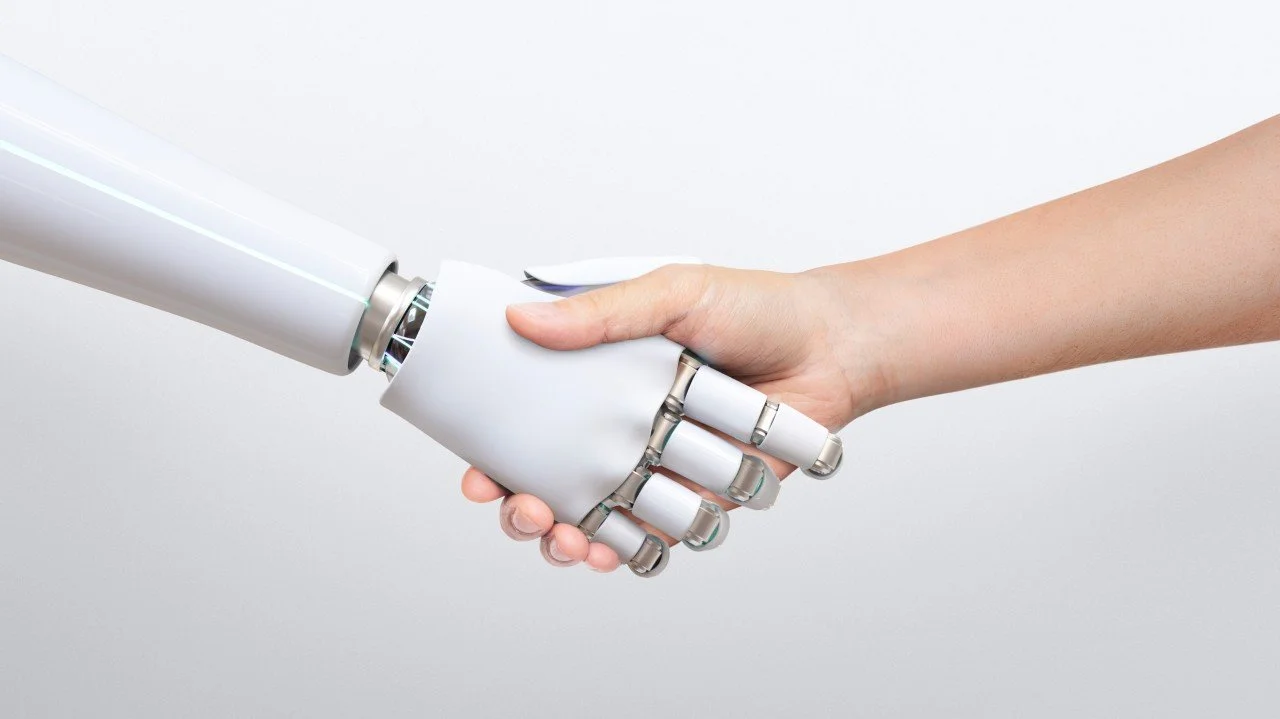Are We Paying Money to Train Our Replacements?
Let’s talk about the elephant in the classroom: kids are using AI to do all of their homework. And not just a little help with a math problem—I mean entire essays, science fair reports, even their “original” short stories are starting to sound suspiciously like a robot's idea of creative writing.
The wild part? A lot of them are paying monthly subscription fees to tools like ChatGPT and other AI platforms just to have machines think for them. It’s like they’ve turned in their curiosity and creativity for a few quick clicks—and it begs the question: are we literally paying money to train our replacements?
Because if you’ve been watching the headlines, it’s not just students. AI seems to be coming for the creatives first. Copywriters, artists, designers, musicians—once considered safe from automation because of the “human touch” required—are now watching tools roll out that can mimic their style, replicate their ideas, and in some cases, mass-produce work faster than any human ever could.
So what can we actually do to stay ahead of AI in marketing?
The short answer: keep learning, and never stop evolving.
To stay relevant in a world where AI is moving fast and disrupting everything, we’ve got to stay in the know about the latest trends, tools, and technologies. That means learning how to use AI as a tool, not relying on it as a total replacement. Think of AI like a calculator: helpful, but not doing the thinking for you. When you lean too heavily on AI to generate your ideas, your content starts to lose its originality. Why? Because AI is pulling from the same pool of data for everyone. Your blog post? That email headline? That “clever” caption? It might not be as unique as you think.
But when you use AI to support your creative process—to test headlines, speed up research, brainstorm directions—you’re still in control. You’re the one injecting strategy, personality, and purpose. You're staying sharp because you're plugged into what's current, what's next, and what actually works. Robots can mimic trends, but they can’t set them. At least not yet.
And let’s be honest, once they do figure it out... they’ll probably just take over anyway.

